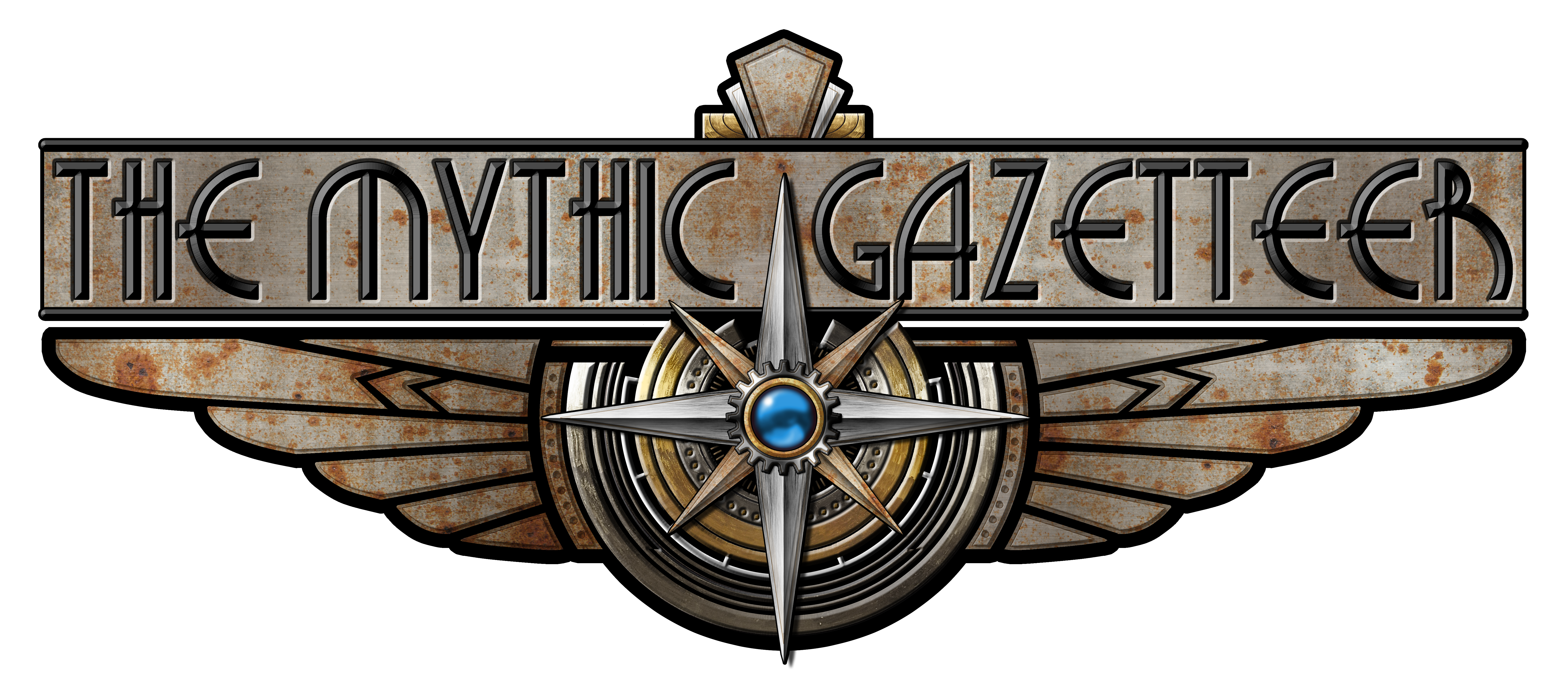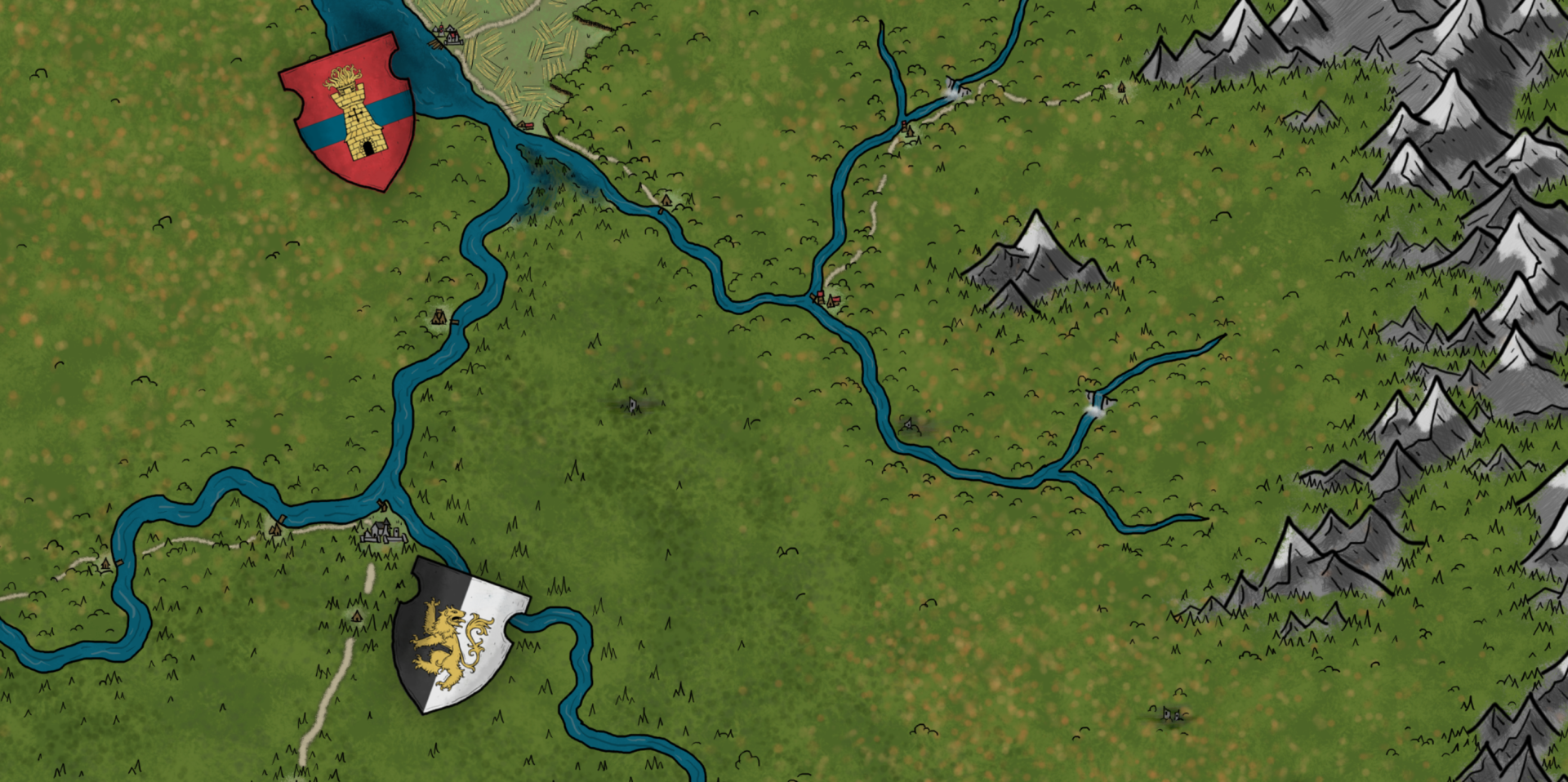In my other life, I’m an actor in the city of Chicago. I’ve noticed roleplaying exercises are really popular up here (particularly in the improv community), so it’s nice to see that kind of exchange between two of my biggest passions. I’ve also noticed my roleplaying in tabletop games has improved as a result of my theatre training, so I’d like to share some easy techniques I use to prepare a character for both the stage and the table.
Many Paths Up the Mountain
Every actor seems to have their own personal way of preparing for a character, but many of us take inspiration from a few common sources. Almost everyone has heard of Stanislavski’s “Method,” which demands the exertion of an actor’s willpower to access and activate his or her deeper impulses, like emotional experience or subconscious behaviors. We can see excellent examples of Method acting in Heath Ledger’s Joker, and pretty much anything Daniel Day-Lewis or Marlon Brando ever did. (A quick aside: for a variety of reasons, The Method has never been an ideal process for female actors. Some draw on techniques from The Method, but very few do so exclusively.) The Method can produce some great characters but it’s a really long, intensive process. Ultimately, I don’t think it’s a good use of a gamer’s time.
Instead, I’d like to point out a school of acting not many people have heard of. Practical Aesthetics was developed by William H. Macy and playwright David Mamet based primarily on the techniques of Sanford Meisner. Instead of using one’s will to access emotional truths, Practical Aesthetics calls upon the actor to determine the “essential action” of the story. Instead of asking “how does this make me feel?”, the PA actor asks “what do I want to do about this?” PA operates from an understanding that acting is inherently make-believe, and so doesn’t try to create something real. Instead, it tries to tell the truth under imaginary circumstances.
One particularly good distillation of the Practical Aesthetic system of acting comes from Robert Cohen. His hack, called the GOTE sheet, is centered around an acronym that helps an actor focus their character around four crucial elements: the Goal, the Obstacle, the Tactics, and the Expectation.
The GOTE
Goal: Ask yourself, “what drives my character’s actions?” At first glance, this may seem like an identical sentiment to “what do I want?” but the operative words here are “drives” and “actions.” We (and, in theatre, the audience) want our characters to be dynamic. We shouldn’t only consider what our characters want, but what they want so badly it will make them actively pursue the desire. For example, you might say “I want to build a wide network of spies and informants.” It’s easy here to think what you want is “spies and informants,” but the strong verb “to build” is the more important part of the phrase. Merely wanting a spy network is a dream. Working to build one is a goal.
As you’re establishing your goal, try to come up with the strongest verb possible. Instead of “I want to be the very best (like no one ever was)” try “I want to train the best team of pokémon on the planet.” You could say “I want to stand on top of a skyscraper in Gotham City,” but it’s a stronger goal to say “I want to root out crime in Gotham City by patrolling it from above.”
Obstacle: After you’ve decided what your character wants, you need to determine why the character doesn’t have it already. What’s standing between character and goal? Continuing with the spy network example, a beginning character might say “I’m not powerful enough to need a network yet” or “I’ve never left my home village.” Overcoming one’s obstacles in pursuit of one’s goals is how drama is created in a story.
In many RPGs, you will need to work with your GM to make sure your obstacle becomes part of the story. In Savage Worlds specifically, your Hindrances are a great way to account for your obstacle. It makes perfect sense for a character with the Noble Hindrance to create a spy network to do her dirty work, but that same Hindrance could create a huge problem for the character if their goal is discovered. Likewise, a character with the Yellow Hindrance would benefit from delegating scary tasks to a group of spies, but building that network will be harder if the character is so Yellow they’re uncomfortable talking to strangers.
Tactics: Now that we’ve established what you want and what’s standing in your way, your tactics will be the set of tools you use to overcome your obstacle and achieve your goal. Just like with your goal, your tactics should be anchored around strong verbs. While building a spy network, you may need to bribe, investigate, harangue, threaten, bully, coerce, persuade, stalk, or seduce to get what you want. I find a thesaurus to be a handy tool when I’m trying to come up with good, meaty variations of standard verbs like “talk, do, be,” etc.
At the table, your character sheet is the home of your tactics. Your abilities, skills, spells, gear, and Edges/feats (depending on your gaming system) may not be a 1:1 map of your tactics, but they will inform what tactics will be most effective for your character. I usually write appropriate verbs into the margins of my character sheets as I think of them. It helps focus my roleplay, and it’s a nice tool to fall back on when I’m stumped during a session.
Expectation: The first three elements of the GOTE are concrete. We can reduce them to single sentences or short lists, but this is not the case with your character’s expectation. Instead, this is primarily a reminder that your character should expect to achieve his or her goal. It goes without saying that a character who doesn’t expect to succeed doesn’t have a strong reason to try in the first place.
The expectation can also be used to break your ultimate goal down into manageable chunks. A starting character will not be able to build a spy network overnight, but a good first step would be to travel to a place where spies are an available commodity. Next, the character will need to forge some connections with these spies, then gain power among them, then start to hire them for a few jobs, and on and on. At the table, you can break this down by level or rank: as a Novice character, I want to locate a nest of spies. As a Seasoned character, I want to figure out how to recruit the sympathies of these spies. As a Veteran, I want to secure my position as a power broker among them (notice all these strong verbs at every step of the way).
A Whole Herd of GOTEs
Like I said, Practical Aesthetics and the GOTE sheet both focus on action. The GOTE sheet doesn’t tell the actor or player to understand the psychology of their character so much as it asks them what their character is willing to do to achieve a goal. A subtle distinction, perhaps, but I’ve noticed it helped me stop making characters that spend more time in their own heads, and start making characters that want to work with the rest of the party. Now that I know what my character wants and how he will work to achieve it, I ask myself: in what ways can my party help me toward that goal too? It’s always been important to me that a party works together as a team. The GOTE sheet can be as short as a few sentences, but it’s a robust tactic to help me achieve that goal (see what I did there?).
What techniques do you use to structure your characters’ stories or motivations? Do you think the GOTE could find a place in your process? What pitfalls do you foresee in adapting this theatrical technique for use in roleplaying games? Let me know in the comments. I always appreciate hearing from you!


2 thoughts on “Get Your Gaming GOTE”
Great article! I think this GOTE way of thinking when making a character is the perfect pathway for getting players to think of their characters in a more 3 dimensional way. I’m especially thinking about players who are maybe new to the idea of ROLEplaying, and aren’t really sure what “playing in character” really means. I think this simple 4-step method of breaking a character down helps to make this way of playing less ambiguous or “artsy”. I have a few players in my game who seem to have trouble with roleplaying and creating interesting or motivated characters. I’m going to bring this to them and see if it helps get their feet stepping in the right direction.
I’m glad you’ve enjoyed the post! The GOTE is a great way to add depth to a character without a whole lot of effort. Let me know what your players think of it, and if you end up using it in your game. Thanks for commenting, Chris!
Comments are closed.